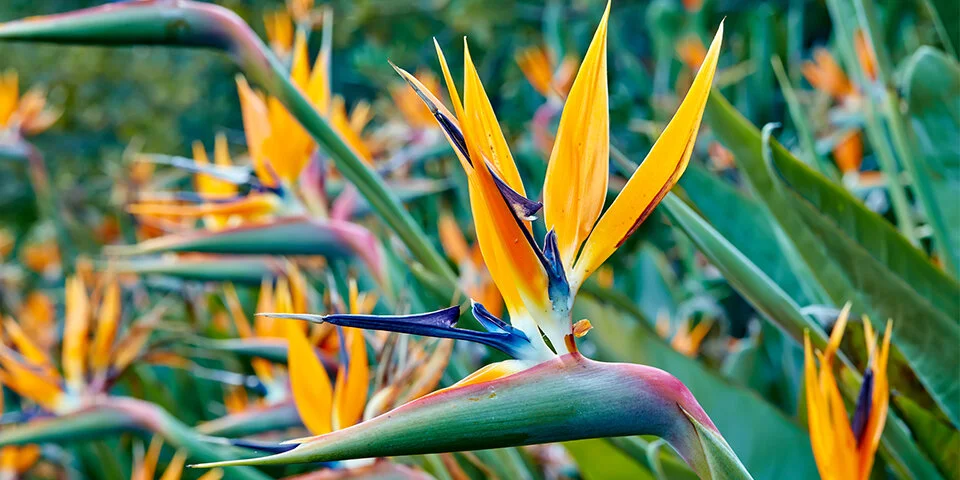There are some 2,000 species of mealybug, around 170 of them occurring in California. They are true bugs (Hemiptera), in the family, Pseudococcidae, and in the same superfamily as the scale insects. They settle on the leaves and roots of many plant species, weakening them by sucking their sap, and excreting honeydew that attracts ants and supports the growth of black mold. Most confine their attack to a single host but some feed on a variety of plants, some of them ornamental or commercially valuable. Their economic impact is felt mostly by grape growers, thanks to the vine mealybug, which probably originated in Europe and spread widely through the viticulture regions of the world. It appeared in California only 20 years ago. The citrus mealybug is a problem mainly in greenhouses where it is protected from the insects and fungi that limit its spread outdoors.
On superficial examination, the white, sticky clusters formed by mealybug colonies may be difficult to distinguish from other pests like cottony cushion scale or woolly aphids. Mature females at the edge of the colony are easiest to identify. The photo shows what is probably a female long-tailed mealybug, Pseudococcus longispinus, on a Phalaenopsis leaf. As they age, the females exude a waxy protective layer but they do not form a scale.
For the home gardener, mealybugs are troublesome mainly on house plants where they enjoy continuous warmth and the absence of predators, especially if the plants are crowded. Only the tiny males have wings, while the female crawlers are confined to a single plant, so long as it is not touching its neighbour. We have a continuous battle with them on our collection of Phalaenopsis orchids, which has expanded greatly since they have become so cheap at the supermarkets. Most people abandon their Phalaenopsis after the blooms wither but, true to my Hippocratic oath, I feel obliged to keep them going so long as they appear viable. Mealybug colonies appear mostly on the underside of leaves or in the axils between the leaf base and the stem, and can easily escape detection if you don't make a point of inspecting all of your plants every week or so. Given a few weeks undisturbed, they can kill a plant outright or give it a setback that will last for many months. Phalaenopsis languish when the nighttime temperatures drop into the 40's and below so I bring them indoors during the coldest months. It is during that time that mealybug is troublesome. The more vulnerable crawlers and younger members of the colony can be killed by spraying with 70% isopropyl alcohol, but they will soon return. With careful inspection and treatment every week the damage can be kept to a minimum. Once they are moved to a greenhouse in the spring, the pests become less of a problem after a couple of treatments.
Back in 2014, I wrote an enthusiastic article about the new Digitalis hybrid, Digitalis 'Illumination Flame', predicting that it would soon become a favourite perennial in Southern California. Not long after that, I detected a massive attack of mealybug in the roots and on the underside of leaves at the base of the plant. The expensive and beautiful plant quickly succumbed, and we haven't attempted to grow it again. I note that a number of websites, including Annie's Annuals, that vigorously promoted it a few years ago, no longer list it, and I wonder if they encountered the same problem.
